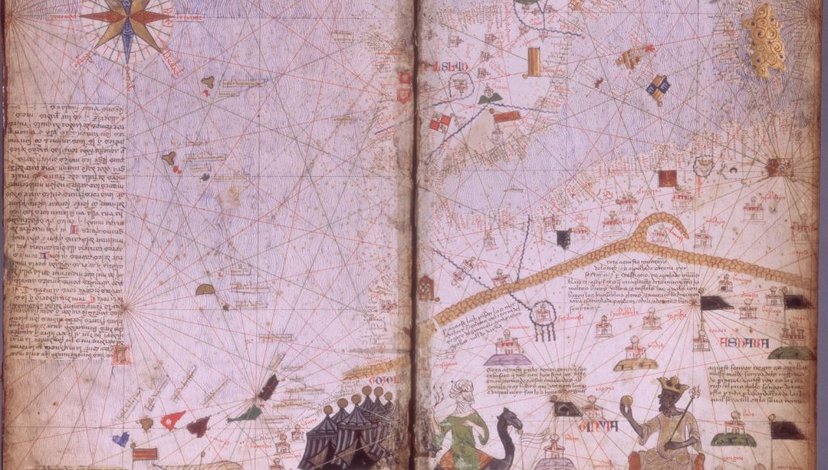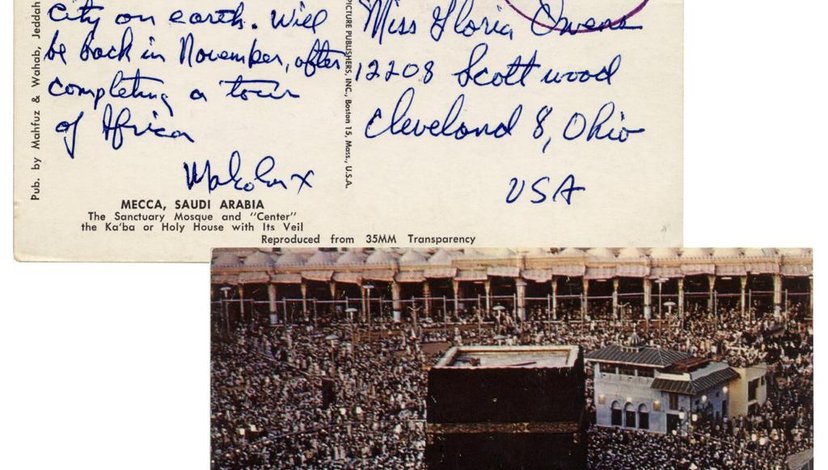ADS11: الهجرة Hijra
Studio Tutors: Sumayya Vally & Shumi Bose
This year, ADS11 will travel with and trouble the fringes of the term hijra الهجرة – an Arabic word referring to ‘emigrating’, ‘passing’ or ‘coming’. The term hijra الهجرة also speaks to the ‘gathering’ one might find in preparation of the journey, at its midst, in the line of flight and at the destination, if indeed such places exist.

In many South Asian cultures, the word hijra has also been used to signify the ‘third’ gender, comprising eunuchs, transgender or intersex people; in India, the hijra community themselves prefer to use the term ‘kinnar’, a mythological reference referring to those who excel at song, dance and storytelling.
In this studio, we will expand on the idea of ‘gathering’ and ‘carrying’ inherent within hijra الهجرة. We will explore the presence and histories of caravanserai and ‘conventions’ as nomadic spaces for fostering the dialogue between peoples, cultures, ideas and ambitions. Spaces where politics, presence and futures are discussed and declared. And through which relations are built, tested and performed.
In dominant architectural discourse, the conventions of architecture have served to confine or control space, shaping historical experience and social relations in static form. As a result, the history of peoples for whom movement, not stasis, is the principal experience does not find easy, or direct, translation into form.
Architecture relies on a range of other forms of expertise – from building codes and planning regulations to engineering and construction. Equally it arises out of diverse forces, desires and projections. Indeed, architecture could be seen as one of the most enduring ways in which we tell stories about ourselves. Yet, those who have arrived through acts of migration and their specific spatial experiences, are rarely acknowledged in most discussions of what constitutes excellence, provocation, or experimentation in architecture.
ADS11 will celebrate a different kind of spatial politics – the imaginative politics inherent to all groups of people migrating to survive and thrive, escaping conditions of inequality and vulnerability to a warming climate.


Both Images: The Catalan Atlas, published in 1375, depicts Mansa Musa, the emperor of 14th-century Mali.

In 1324 Mansa Musa embarked on his famous hajj, the pilgrimage to Mecca that all Muslims are expected to make at least once in their lives if they can afford to do so. It is said he built mosques and universities across geographies he traveled, spreading the knowledge of Islam far and wide.Upon his return a year later, with scholars and architects, bringing with him the knowledge of Islam, he urbanised cities and built the Djinguereber Mosque which stands to this day.

Map of the world drawn oriented with South at the top by Muhammad al-Idrisi in 1154.

The Migratory and Diasporic
Our studio is interested in finding forms of material and spatial representation for this most contemporary of human experiences. We believe there is an enormous architectural potential in working with the migratory, the diasporic, the mythical, the performative and the narrative in order to create new sets of architectural conventions, and giving material and spatial representation to these themes.
The First Hijra occurred when followers of the Prophet Muhammad fled persecution in Mecca, covering 4500km to seek refuge in the Kingdom of Axum/Abyssynia (in present-day Ethiopia and Eritrea). The initial chapter of this journey led to the renaming of Yathrib to Medina, meaning ‘the Enlightened City’ — after having received the light of spiritual wisdom.

Sumayya Vally, Counterspace, A Celestial map of Al ‘Ula, 2022.
Spotlight On
Ibn Battuta
We take inspiration from the incredible journeys of Ibn Battuta, who travelled some 70,000 miles, across and beyond the fourteenth–century Islamic world — first from Morocco to the Middle East and down the eastern coast of Africa. Then further afield to south-east Asia, China and the Indian subcontinent, before finally covering western Africa and mediaeval Spain. Ibn Battuta’s incredible Rihla, or travelogue, is titled ‘A Gift to Those Who Contemplate the Wonders of Cities and the Marvels of Travelling.’ This work is a great historical source even today and it is this spirit of generosity, which we ask our students to hold on to during the year and beyond.
Alf Layla wa Layla, or the 1001 Nights
Oral history is a powerful, accessible and as yet untapped source of architectural intelligence. Such traditions that must be re-evaluated – and reimagined and redeployed around the world – in the context of rapid demographic shifts, climate change, and widening inequality. The perspectives and agendas of competing forces help form compelling political, humanitarian and planetary narratives, which can then propel changes in physical and material space for all, not only for architects or the ‘storytellers,’ but also for all of us.
Partition at 75 years
2022-23 marks the 75th year of ‘Independence’ for India, Pakistan, Bangladesh and Sri Lanka, the partition of which caused the second largest migration – and certainly the largest in a short space of time – of some 20 million people, who travelled across crudely sketched lines whose scars continue to fuel ethnic, political and cultural narratives to this day. To date, all four countries continue to reverberate with the febrile energy wrought by voluntary and involuntary migrations across these nations, together with the far flung transits of the colonial diaspora.
Storytelling

We acknowledge oral history and narrative practice as a means of emancipation and planetary transformation. This practice works toward a convivial, if complex, coexistence that can explore the city’s geopolitical and geopoetic dimensions, honouring and attending to the emancipatory gatherings of people, ideas, matter and form. As in the historic, semi-mythical, folkloric and long-exoticised ‘trope’ of the stories told by Scheherezade over Alf Laylah wa-Layla (1001 nights), the brief aims to instrumentalise storytelling as a means for transformative spatial practice.
Earthy rather than elitist — and at times, much criticised — the captivating stories that form the core of the Scheherezade’s legendary roster reflect life in all its complexity. Nature, territory, morality, ethnicity, gender, power and legacy. Everything we have to deal with as architects and as citizens. At a time of much uncertainty and oppression, it is stories that hold us together. It is not preposterous to consider, therefore, a new set of tales of spatial and built justice, community, passion and place.
At times of urgency, hopelessness, or oppression, the act of telling stories is often the most instinctive of acts that humans share. It is a temporary suspension of the status quo. One that transports the listener to the speculative world of what once was and what could yet be. It is in these moments of shared consciousness that we may regain our courage, feel kinship in developing shared narratives and constructing new strategies for survival.
We will reject simple binaries of top-down and bottom-up approaches to architecture. We propose alternatives by investigating the hidden narratives of spatial practices and policies, which migrate between and among the Global South, North, East and West. Members of ADS11 will seek to highlight the untold stories of citizens and practitioners working hand–in–hand, to imagine and co-create environments that are transformative, adaptable, regenerative and just.

A postcard sent from Mecca by Malcolm X in April 1964.
Design Projects
The design projects will consider the potentials of the Convention. We find that, in different forms, state conventions are the spaces that give form to architectures of inclusion and exclusion, where futures are decided, moulded and made. ADS11 believes that new conventions must be forged. We will listen to the echoes of those who have sought to do this before us, crafting futures in the cracks of the present.
If the history of conventions is intrinsically and unavoidably linked to histories of colonisation, slavery and ‘legalised’ exploitations of land, resources and people, we invite students to imagine what those conventions might be. We aim to challenge one another to tell our own ‘stories,’ to find our own appropriate tools of representation and speculate with ambition and aplomb on the appropriate form, structure, material and programme for a reified space of arrival and exchange.
The work of ADS11 is a conscious attempt to consider what decolonisation might mean in terms of architectural discourse. In other words, by appreciating who gets to tell stories about how the world is made. This studio will empower those stories shared by migrants as marginalised voices, offering up rich and provocative possibilities for being in and making space, both at home and on the journey.
Tutors
Sumayya Vally is Principal of the award-winning architecture and research studio Counterspace. Vally’s design, research and pedagogical practice searches for the expression of hybrid identities and territories – especially in African and Islamic conditions – that are both rooted and diasporic. Her design process is often forensic, drawing on the aural, performative and overlooked as generative places of history and work.
Shumi Bose is an educator, curator and editor based in London. She teaches at Central Saint Martins, the Royal College of Art and the Architectural Association. She has worked as curator at the Royal Institute of British Architects and at the Venice Biennale, and in 2020, founded Hold Space Architecture.